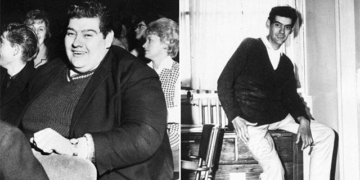From Albert Einstein working as a patent clerk to Leonardo da Vinci designing war machines, these famous figures not only pursued their passion for incredible achievements but also engaged in everyday jobs that seemed unrelated.

Socrates (470-399 BC). Regarded as the founder of Western philosophy, this Greek philosopher was also a sculptor. It is said that he contributed to a famous sculpture at the entrance of the ancient Acropolis.
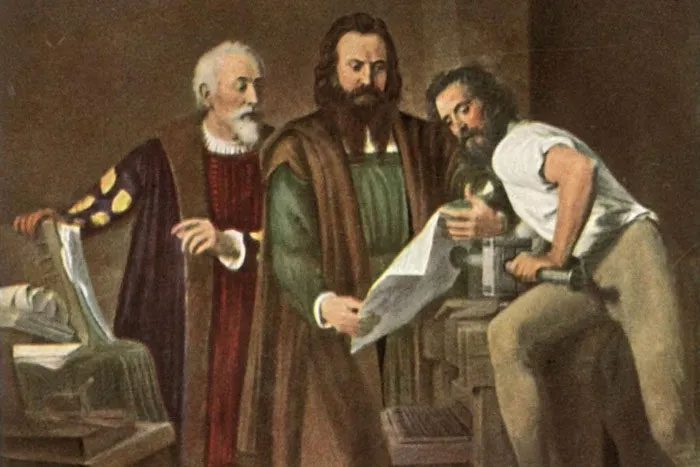
Johannes Gutenberg (1400-1468) – a goldsmith, left a significant mark in world history after inventing the printing press, which helped disseminate knowledge to all of humanity.
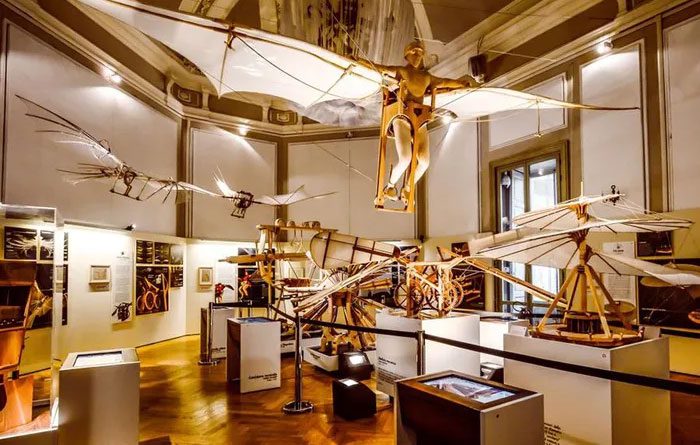
Leonardo da Vinci (1452-1519). Few know that da Vinci, one of the greatest minds of the Renaissance, worked for nearly 17 years serving Duke Ludovico Sforza in Milan as a military engineer, creating various machines and devices.
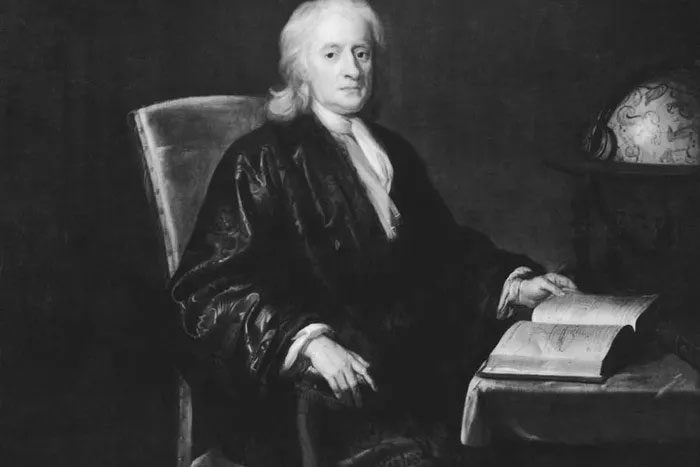
Isaac Newton (1643-1727) – one of the greatest mathematicians and physicists of all time, was once pressured by his mother to work as a farmer. Fortunately, he abandoned that field and continued to advance in science.

Benjamin Franklin (1706-1790) was not only one of the Founding Fathers of the United States but also an inventor who served as the Postmaster of Philadelphia and Ambassador to France.
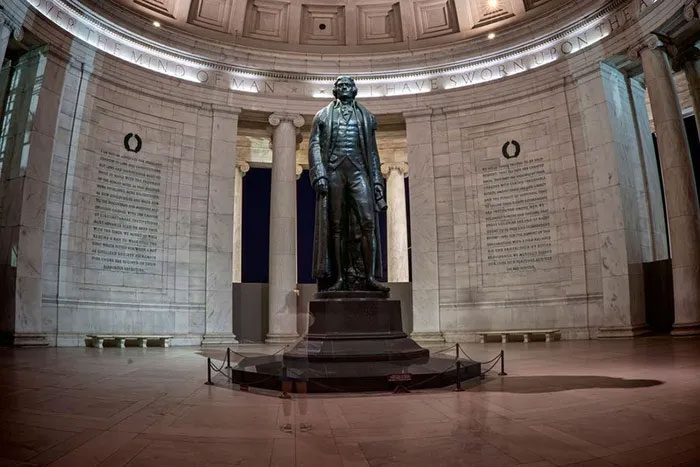
Thomas Jefferson (1743-1826) – the third President of the United States, was also an inventor. Some of his notable inventions include the Jefferson plow, pasta machine, cipher wheel, and a great clock.
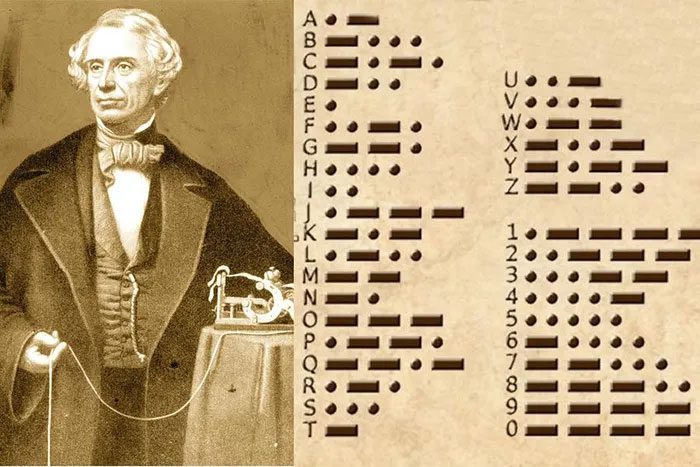
Samuel Morse (1791-1872) was a famous American artist but above all, he invented the single-wire telegraph system and co-invented Morse code.

John Deere (1804-1886) introduced the world to the first tractor. However, before inventing agricultural machinery, Deere worked as a blacksmith.
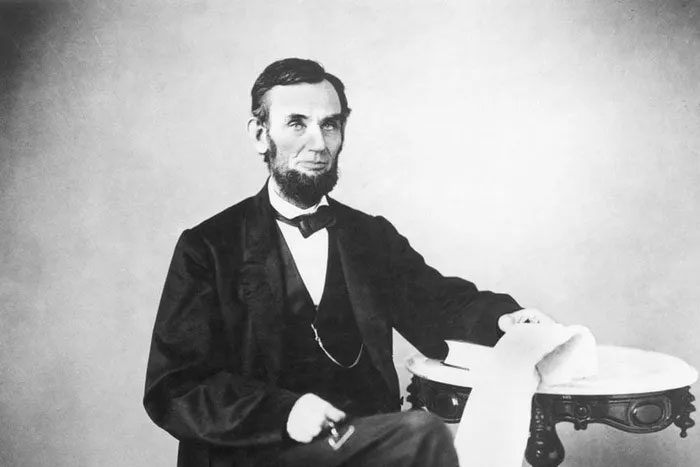
Abraham Lincoln (1809-1865) – considered one of the greatest Presidents of the United States, Lincoln also developed a boat-lifting device to navigate over shoals and other obstacles on rivers, for which he was granted a patent.
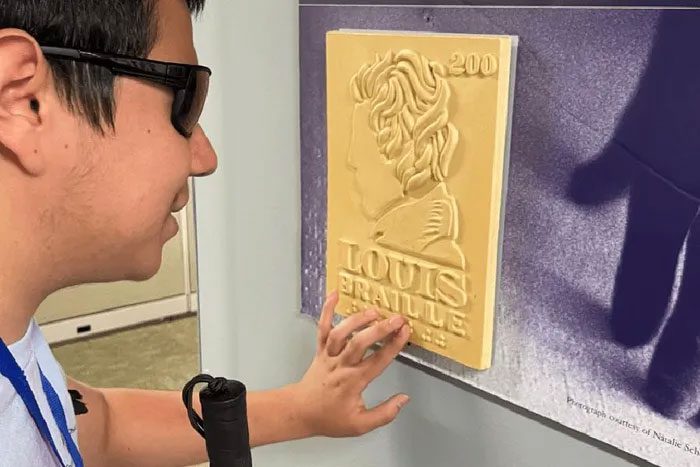
Louis Braille (1809-1852) – blinded from a young age, Louis Braille was a teacher who invented a system of raised dots for the visually impaired, which is still used worldwide today.
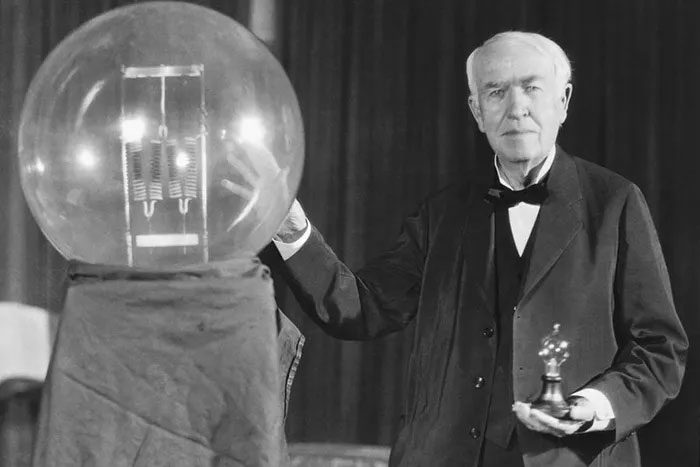
Thomas Edison (1847-1931) – After working various jobs selling candy, vegetables, and newspapers, Edison used his earnings to develop devices for electricity generation, mass communication, recording, and film.

Rudolf Diesel (1858-1913). A French engineer of German descent, he invented the diesel internal combustion engine. He was also a linguist and social theorist.

Marie Curie (1867-1937) – the first woman to win a Nobel Prize for her work on radioactivity, once tutored a family in northern Warsaw, Poland.
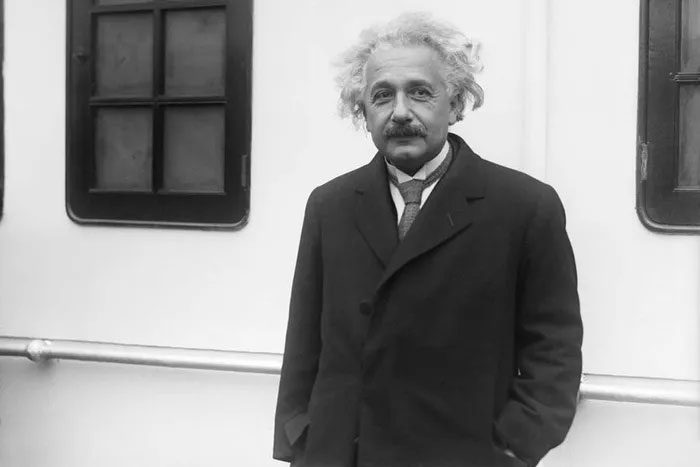
Albert Einstein (1879-1955) – one of the greatest physicists of all time, worked as a technical expert for a patent office in Bern, Switzerland. This job allowed him to focus on pursuing his scientific goals.
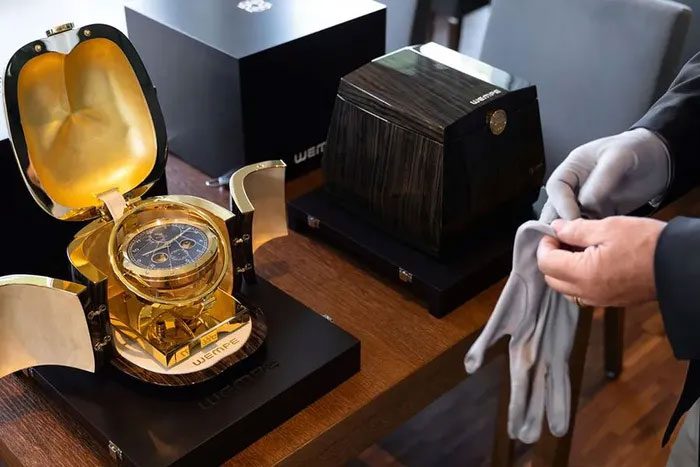
John Harrison (1693-1776) – While working as a carpenter and clockmaker, Harrison invented one of the most important devices for ships: a clock that accurately determined the ship’s coordinates.
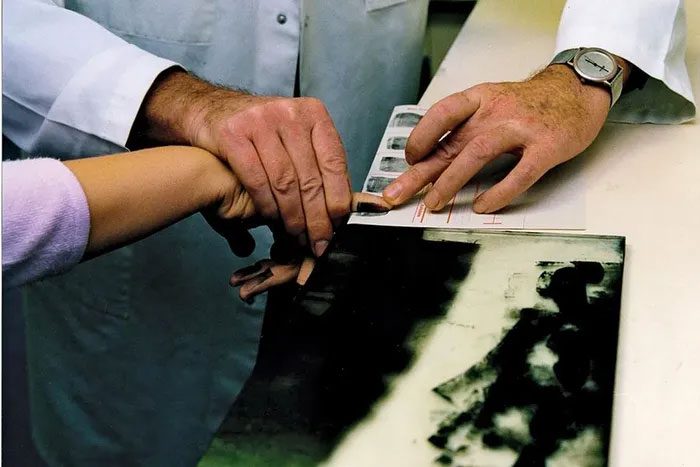
Francis Galton (1822-1911) – with an IQ of approximately 200, made significant contributions to geography and genetics and also invented fingerprint identification as a means of identifying criminal suspects.


















































